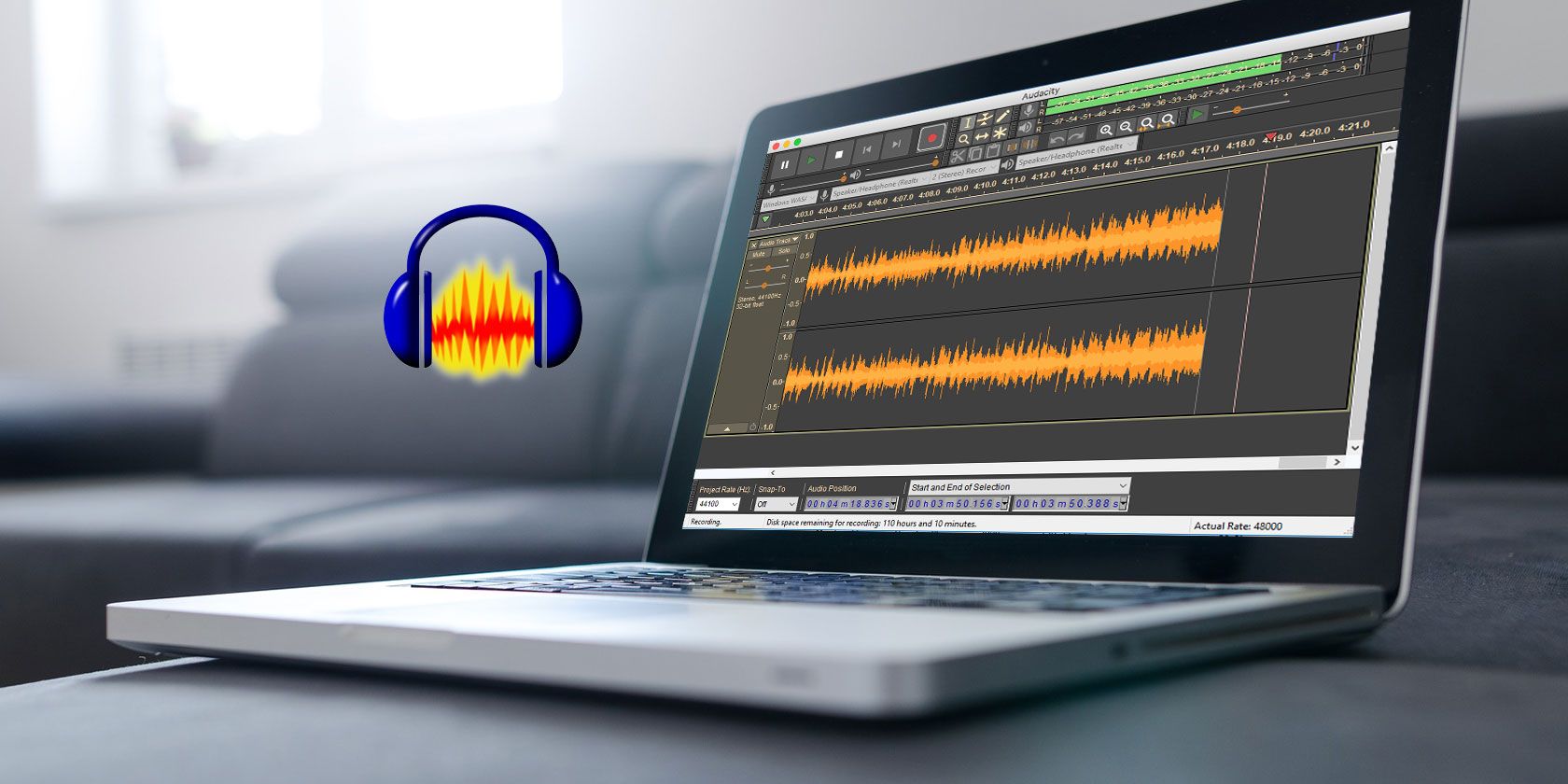

Pearson collects information requested in the survey questions and uses the information to evaluate, support, maintain and improve products, services or sites, develop new products and services, conduct educational research and for other purposes specified in the survey. Pearson may offer opportunities to provide feedback or participate in surveys, including surveys evaluating Pearson products, services or sites. We use this information to complete transactions, fulfill orders, communicate with individuals placing orders or visiting the online store, and for related purposes. Online Storeįor orders and purchases placed through our online store on this site, we collect order details, name, institution name and address (if applicable), email address, phone number, shipping and billing addresses, credit/debit card information, shipping options and any instructions.

We use this information to address the inquiry and respond to the question. To conduct business and deliver products and services, Pearson collects and uses personal information in several ways in connection with this site, including: Questions and Inquiriesįor inquiries and questions, we collect the inquiry or question, together with name, contact details (email address, phone number and mailing address) and any other additional information voluntarily submitted to us through a Contact Us form or an email.

Please note that other Pearson websites and online products and services have their own separate privacy policies. This privacy notice provides an overview of our commitment to privacy and describes how we collect, protect, use and share personal information collected through this site. The Playback Level meter in the top right will confirm to you that everything is at a consistent volume level.Pearson Education, Inc., 221 River Street, Hoboken, New Jersey 07030, (Pearson) presents this site to provide information about products and services that can be purchased through this site. Make a note of these settings and it should level out your audio quite well. Attack and Release Time we can leave as they are at 0.10 secs and 1.0 secs respectively. I find that 3:1 usually works pretty well for this. As for Ratio, the bigger this is, the bigger the compression we’ll get. We can leave Noise Floor as it is at -60 dB. This is the point at which the Compressor kicks in and starts working, so anything above this level is going to compress down. Usually, I find that a Threshold of -20 dB works well. Start by selecting all your audio by double-clicking it, and then select Compressor in the Effects menu. A Compressor can even that out and make it all sound a consistent volume. Sometimes they’re loud, sometimes they’re quiet. In this blog, I’ll explain how the Audacity Compressor works and how it can make your voice sound better.Ī common problem, particularly with podcasts, is that guests’ voices are often all over the place.


 0 kommentar(er)
0 kommentar(er)
